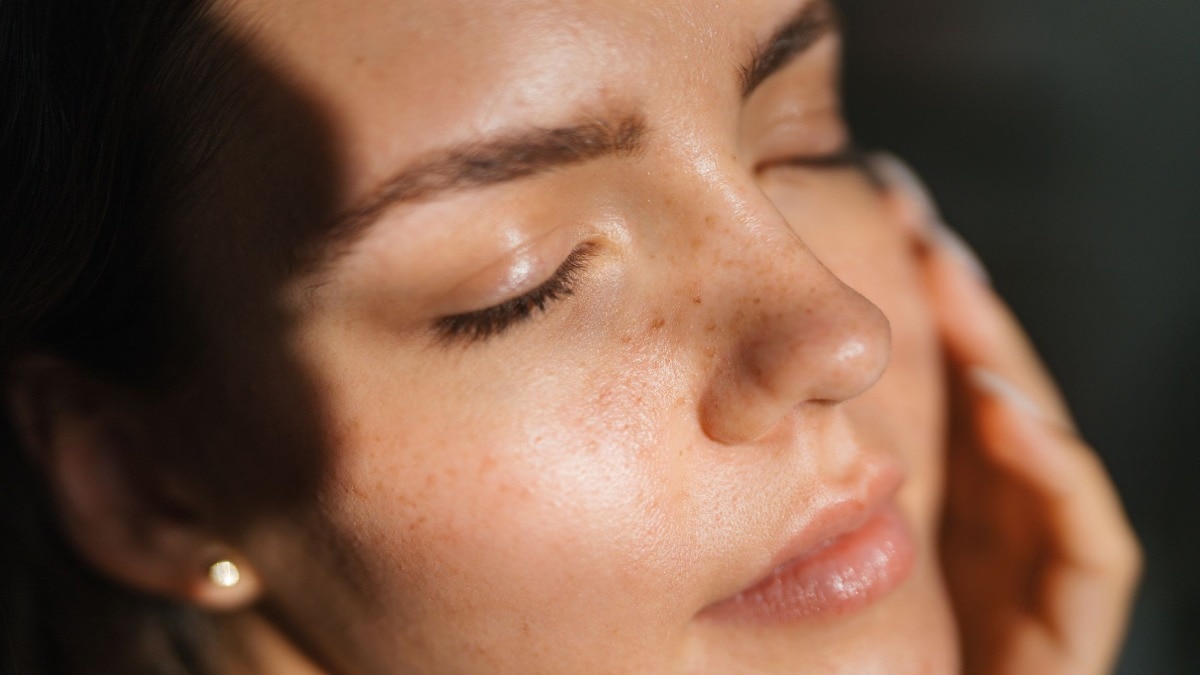If you don’t like exercising, you haven’t found the right one
Easy ways to really get up and get moving.


When the protagonist in Bonnie Garmus’ witty novel Lessons in Chemistry—the story of a woman fighting to prove herself in a traditionally male-dominated society in the 1960s—said to someone in her usual matter-of-fact attitude, ‘if you don’t like exercise, you haven’t found the right one’, I had to wonder if that was really it. I may not be the perfect case study for non-exercisers (I am one of those who doubled her yoga sessions in the lockdown as it was the only thing that brought balance to my mind and body) but I can tell you one thing: I hated the idea of a gym before I started going to one regularly, creating a workout routine that I enjoyed and eventually looked forward to daily. Exercise is for everyone, and for many who haven’t been able to get themselves to get up and move, it’s only a matter of changing your perspective. Easy words hard to follow? Let’s break it down.
The eternal effects of exercise and why we procrastinate
“The human body remains fit and healthy only if it is used in the same way as the brain,” says Dr Arbinder Singal, a paediatric urologist and CEO and co-founder of Fitterfly, a digital therapeutics and wellness start-up. Exercise does a lot, “it revs up your metabolism and protects against diseases linked to poor activity such as obesity, high blood pressure, and diabetes,” says Dr Singal. It makes us stay young, look sharp, and keeps our weight in check. But more than anything, it’s what physical movements do to our mental state—the changes exercise brings to our biological mechanisms literally work to make us feel good. Until I got myself to be consistent with my workout, I seldom felt the urge and enthusiasm to do it regularly. Once it became a part of my daily routine, I could hardly get enough of it. I felt energised, positive, happy. The days I skipped any form of movement, I felt it in my bones and my brain. “A lot of positive hormones called endorphins are released during exercise, which leads to a positive outlook,” explains Dr Singal.
But for all the eternal benefits of exercise, a lot of us still can’t seem to find the will to do it. Dr Singal believes it’s a lot to do with how we perceive it, “fitness should be a habit or routine. People procrastinate because they take it as an activity.”
How to get moving
WHO recommends at least 150 minutes or ideally 240 minutes of moderate to vigorous physical activity per week. When we start something new, it is difficult. Exercise falls on top of that list. Every aching muscle in your body is your excuse to not do it again. But once you get past the pain and into the zone of performance, says Dr Singal, it becomes easier to sustain the momentum after the first two or three months. Here are some of the ways we can get up and keep moving.
Avoid procrastination: Dr Singal suggests keeping all your essentials ready in advance so you don’t leave room for excuses to skip a day's workout, “keep your gym bag and water bottle ready in the morning. Create time in your routine for exercise.”

Make an identity switch: “Researchers have found that when people identify with someone who has exercised and stays fit, they stop procrastinating. So, once you tell yourself that you are a person who exercises daily, then you will start indulging in it,” says Dr Singal. If you want to exercise, build an identity of a person who exercises.
Design a flexible routine: Monotony and boredom can be the death of many things, including our fitness journey. Design an exercise routine that works for you which is a mix of different forms and spaces, “dedicate some days to home workouts, walking, weight training, and so on. Try to stick with it and switch things up when boredom tries to creep in again."
Buddy-up: New lifestyle changes and additions can be tough, but just like in life, a companion can help. Find yourself a gym or workout buddy, or take a coach to help you get into the flow for the first three to six months.
Build a habit: The initial period of your fitness journey will be challenging, so get into it gradually, even if it means 10 minutes of movement a day, but stay consistent. “Start with a gentle walk and stretches at home for a couple of weeks but set up a time schedule to do it. Build up from there,” says Dr Singal. He suggests reading the book Atomic Habits by James Clear to help get into the habit of exercising as well as other things important to you. “Your body has a rhythm and it will start feeling good about it.”
Measure your goals: Setting targets motivates you to reach them. The adrenaline you get from meeting your goals makes you set them higher.
Ask an expert: Dr Singal, whose company uses a technique called motivational interviewing, where they try to find the inner reasons around why one is not exercising, advises on not ignoring psychologist sessions when it comes to our health. “It’s important to identify the underlying reasons that are stopping you,” he says.
Exercise is key to avoiding chronic diseases, “We have seen young people coming with diabetes at the age of 25 to 33 and other conditions just because they lead a sedentary life,” says Dr Singal. It’s simple enough once you understand its importance on a personal level, “After the age of 30, everybody should really take care of their health. This is the age of metabolic health issues.” His final takeaway: Build a system for yourself, where you get an annual health check-up, and develop a core group of people to whom you are accountable.
lead and sq image credits: aliaabhatt/Instagram










